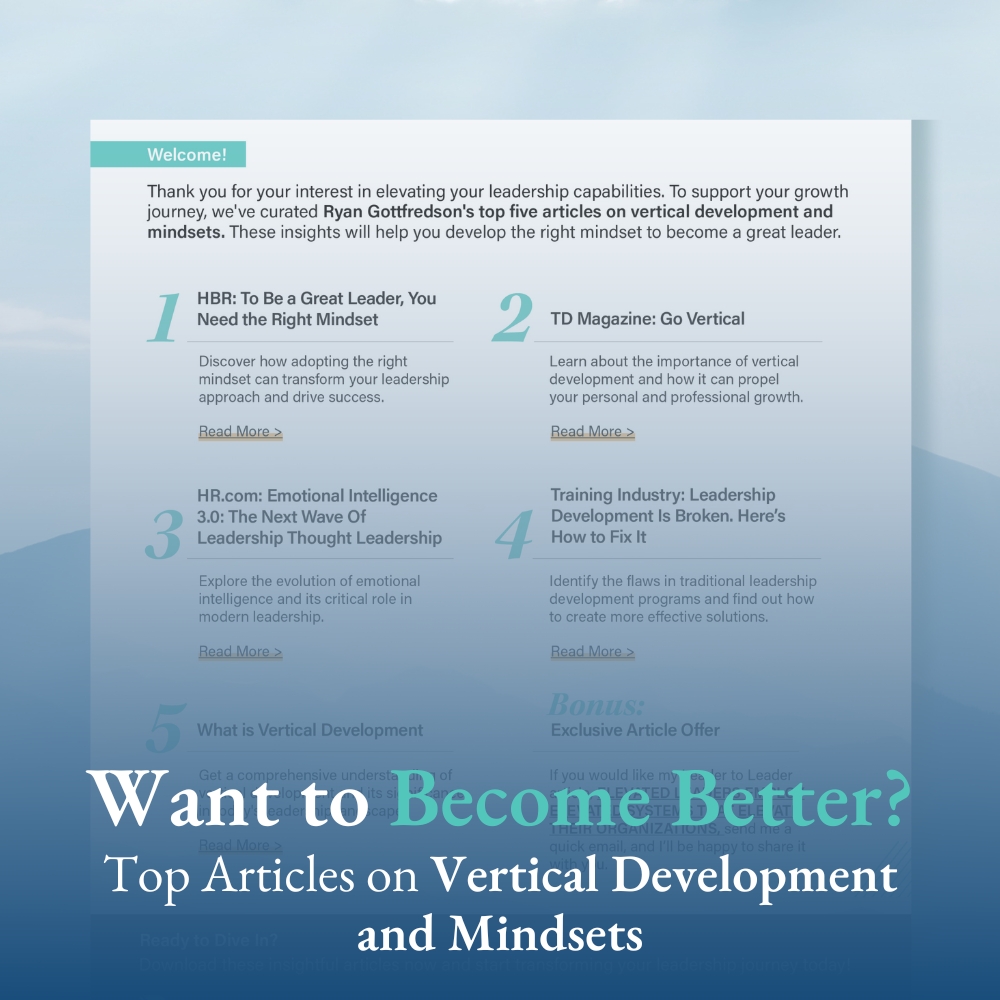The table below is the result of a challenge that I have recently received from Alan Mulally and Lisa Anna Palmer to try to provide greater information that could help them communicate the differences between leaders and people who operate at the different mind levels.
This is a first draft, so if you feel like something is missing or incorrect, please leave a comment below.
As you review this, keep the following in mind:
- The different mind levels represent different levels of cognitive and emotional sophistication. Stated differently, people at different mind levels have internal operating systems that differ in their cognitive and emotional sophistication.
- Most people can vary in the operating system that they employ in any given situation, but those in Mind 3.0 tend to spend the majority of their time running on a Mind 3.0 operating system. Similar for those in Mind 1.0 and Mind 2.0.
- It isn’t uncommon for people to over-estimate the percentage of time that they spend at the higher mind levels. For example, someone can spend 75% of their time in Mind 1.0, being a problem-avoider (e.g., they freak out whenever their children or employees make a mess). But, they identify more strongly with the 15% of the time when they are more purpose-focused. Thus, they have a hard time seeing their internal operating system for what it truly is.

If you would like to learn more about vertical development, here are some resources:











2 Responses
I found to be so resourceful, enlightening and inspirational thanks so very much.
Glad you found it helpful and enlightening!